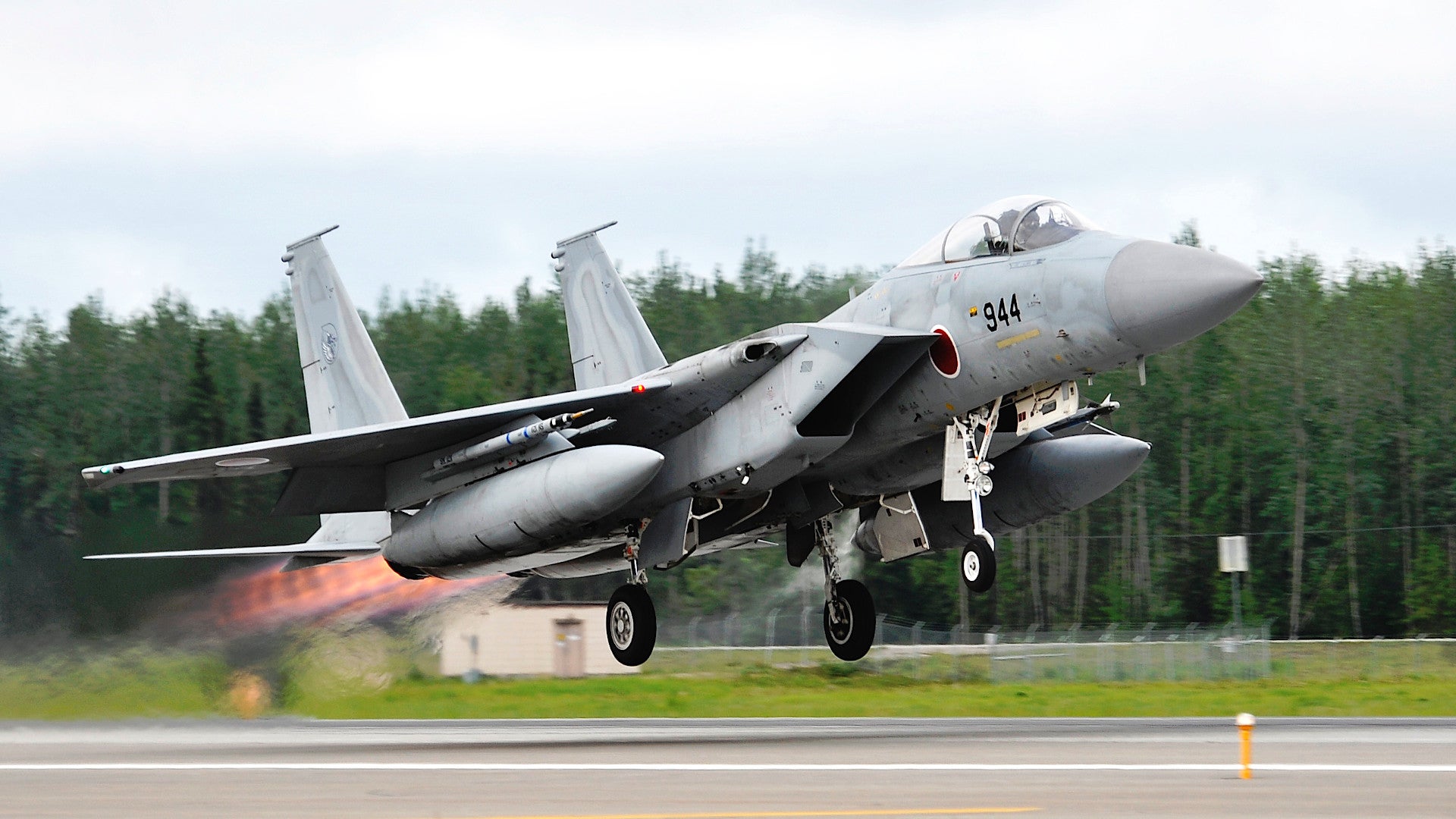The U.S. government has approved the potential sale of a major upgrade package for a significant portion of Japan’s F-15J Eagle fleet that would bring them up to a standard called the Japanese Super Interceptor, or JSI. Jets in this configuration would get new active electronically scanned array radars, improved mission computers, updated electronic warfare suites, and more.
The U.S. State Department approved the sale on Oct. 29, 2019, and the U.S. military’s Defense Security Cooperation Agency (DSCA) subsequently notified Congress and issued a public notice. The possible deal, which covers 98 of the Japan Air Self Defense Force’s around 200 F-15Js, has an estimated value of $4.5 billion. It is important to note that this announcement does not automatically mean that the Japanese government will actually proceed with this purchase and that it would also have to negotiate the final terms of any relevant contracts. That being said, Japan has been publicly looking to upgrade at least a portion of its F-15J fleet for over a year and 2previous reports have already indicated the country’s preference for many of the systems described in the DSCA announcement, including Raytheon’s AN/APG-82(V)1 active electronically scanned array (AESA) radar and BAE Systems’ AN/ALQ-239 Digital Electronic Warfare System (DEWS).
“This proposed sale will support the foreign policy goals and national security objectives of the United States by improving the security of a major ally that is a force for political stability, and economic progress in the Asia-Pacific region,” DSCA said in its announcement. “This proposed sale will provide Japan a critical air defense capability to assist in defending the Japanese homeland and U.S. personnel stationed there. Modernized F-15J assets will better enable Japan to respond to airborne threats and defend its airspace.”
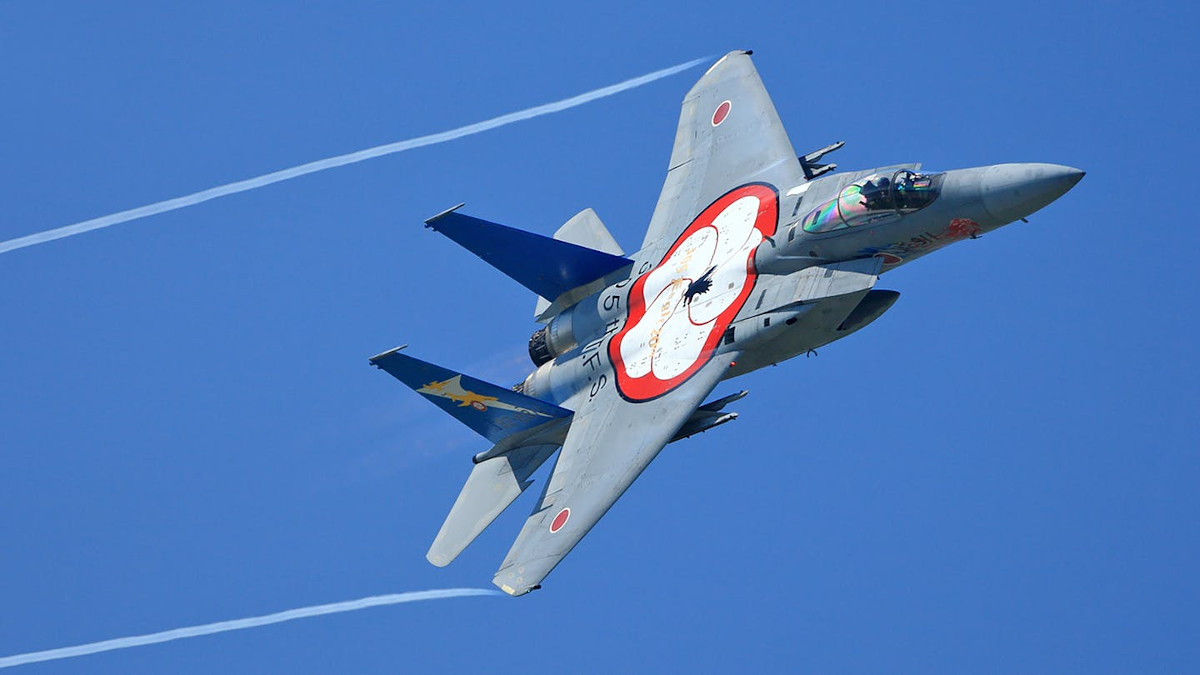
The proposed upgrade package includes the following according to the DSCA notice:
The Government of Japan has requested the upgrade of up to ninety-eight (98) F-15J aircraft to a Japanese Super Interceptor (JSI) configuration consisting of up to one hundred three (103) APG-82(v)1 Active Electronically Scanned Array (AESA) Radar (includes 5 spares); one hundred sixteen (116) Advanced Display Core Processor II (ADCP II) Mission System Computer (includes 18 spares); and one hundred one (101) ALQ-239 Digital Electronic Warfare System (DEWS) (includes 3 spares). Also included are Joint Mission Planning System (JMPS) with software, training and support; Selective Availability Anti-spoofing Module (SAASM); ARC-210 radio, aircraft and munition integration and test support; ground training devices (including flight and maintenance simulators); support and test equipment; software delivery and support; spare and repair parts; communications equipment; facilities and construction support; publications and technical documentation; personnel training and training equipment; U.S. Government and contractor engineering; technical and logistics support services; studies and surveys; and other related elements of logistical and program support. The estimated total program cost is $4.5 billion.
It is also important to note that DSCA said Boeing is, not surprisingly, already slated to be the prime contractor for this prospective deal through the U.S. Foreign Military Sales program. In addition, its notice says that Japan will source other unspecified items and services for this upgrade program via direct commercial sales with Japanese firm Mitsubishi Heavy Industries (MHI). MHI has been involved with the F-15J from the beginning, building various components and assembling the bulk of the aircraft in Japan under license from McDonnell Douglas/Boeing.
The upgrades that DSCA has announced, which would come from Boeing, are extensive by themselves. The AN/APG-82(V)1 radar, formerly known as the AN/APG-63(V)4, is already becoming the standard on U.S. Air Force F-15E Strike Eagles. It will be found on that service’s upcoming F-15X, as well. Israel has also chosen this radar as part of an upgrade program for its F-15I Ra’am variant of the Eagle and it is a standard option for any country in the market for new, Advanced Eagle variants.
The improved radar on the F-15J JSI is likely to be used in conjunction with new air-to-air missiles in the future. Japan already has the advanced AAM-4B, which has its own AESA seeker, but there are reports that the country might consider acquiring variants of the U.S.-made AIM-120 Advanced Medium-Range Air-to-Air Missile (AMRAAM). The AIM-120s are smaller than the AAM-4B and reportedly have a shorter maximum engagement range, but the F-15J JSI may be able to carry substantially more missiles of the American weapons, which could compensate for that relative loss of capability.

Beyond that, Japan is working with European missile consortium MBDA’s division in the United Kingdom to develop the Joint New Air-to-Air Missile (JNAAM). This weapon will reportedly leverage the seeker and other components of the AAM-4B together with features from MBDA’s ramjet-powered Meteor.
With these new weapons, and potentially more of them in total, the F-15J JSI would be a valuable companion for Japan’s F-35As, offering a reliable alternative for performing routine air defense sorties. The stealthy Joint Strike Fighters could also work together with the upgraded Eagles, flying ahead and feeding targeting information to the non-stealthy jets, exploiting their greater load-carrying capacity.
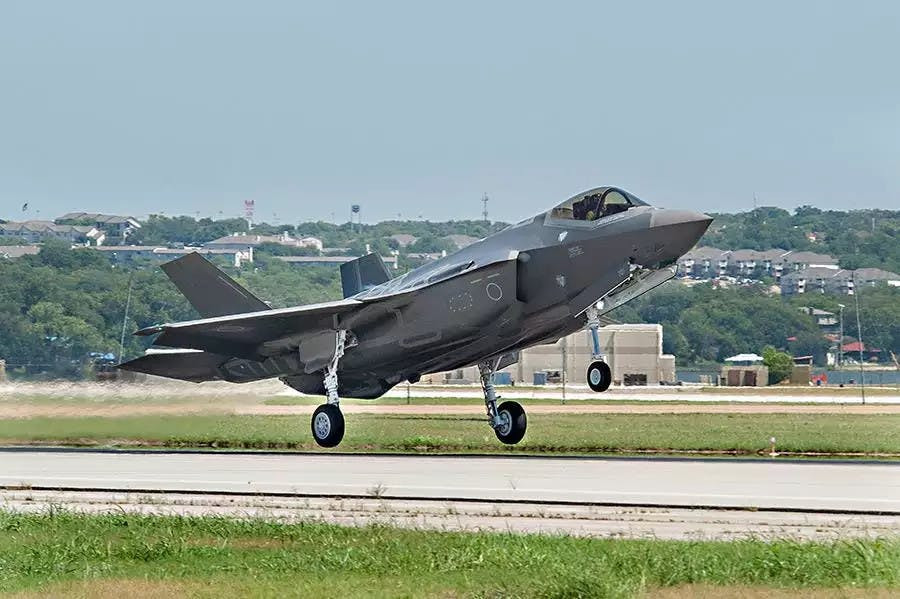
These are exactly the same sorts of benefits the U.S. Air Force is hoping to realize through a future force mix that includes both F-35s and F-15Xs. It would also align with the JASDF’s existing plans to only replace around half of its F-15J fleet with Joint Strike Fighters and continue flying the remaining Eagles for the foreseeable future.
Improving the F-15J’s ability to spot, track, and engage aerial threats at extended ranges is important for ensuring that the Eagles will be able to continue in their primary mission of defending the airspace over and around Japan’s Home Islands and the country’s outlying territories. Aerial activity by potential adversaries, such as Russia and China who are now also conducting long-range patrols together, has been growing significantly in recent years. Japanese combat jets scrambled nearly 1,000 times in response to foreign military aircraft getting close to the country’s borders in 2018, nearly 100 more times than the year before. Of course, this is still fewer scrambles than occurred in 2016, a peak year when there were 1,168 such incidents.
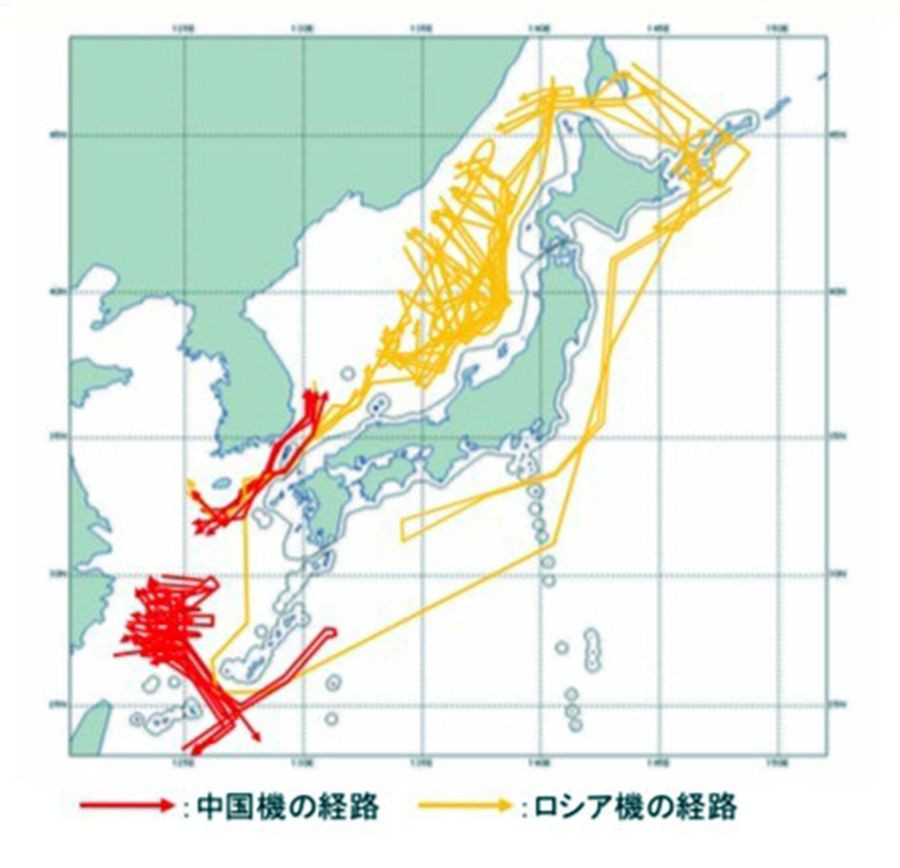
It is also worth pointing out that the APG-82(V)1 is optimized for multi-role missions. So, despite the Japanese Super Interceptor name, this may point to JASDF plans to expand the roles and missions of at least this portion of the F-15J fleet.
In 2017, there had been reports that Japan was looking to potentially transform some of its Eagles into cruise missile carriers, exploiting the jet’s inherent range and payload capabilities to turn them into valuable stand-off strike assets. The proposed weapon of choice for this mission will reportedly be Lockheed Martin’s AGM-158 Joint Air-to-Surface Standoff Missile (JASSM). However, this weapon’s range will well exceed that of the APG-82(V)1, meaning that this sensor will not be useful for targeting during certain long-range stand-off strikes.
The F-15J JSI’s arsenal could still grow to include other ordnance, including anti-ship missiles, that might have more use of the radar’s air-to-surface capabilities. Japan is also buying U.S.-Norwegian-developed Joint Strike Missiles (JSM) for its F-35As, which could also find their way onto other aircraft and would make good use of the jet’s new radar.
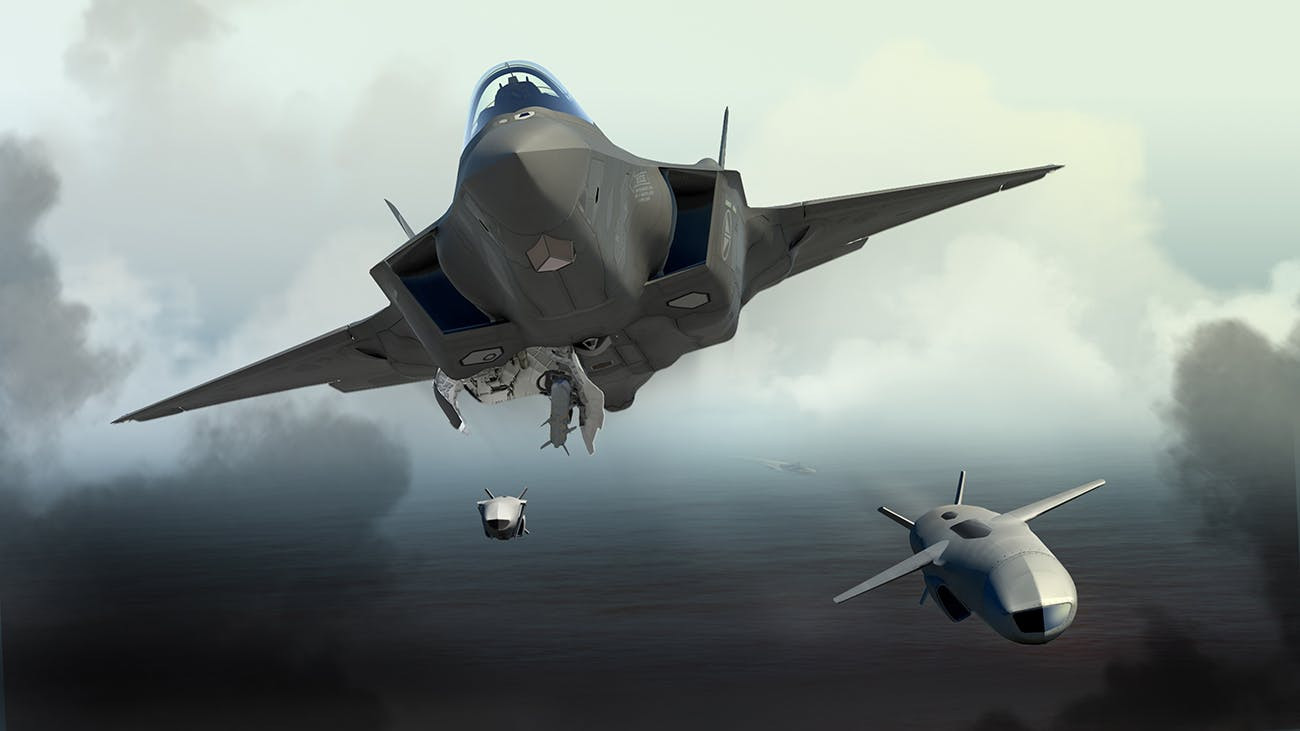
Regardless, as the War Zone
has noted on multiple occasions in the past, Japan is facing a number of growing regional security concerns, including threats from North Korea and challenges to various territorial claims. It could be very valuable to have additional options for striking North Korean targets or helping to deter potential amphibious operations against disputed islands, such as the Senkakus in the East China Sea, which both China and South Korea claim, as well.
With those latter concerns in mind, the APG-82(V)1 could further increase their air-to-ground capabilities and would also enable them to perform more robust maritime patrol and interdiction missions, if necessary. U.S. Air Force Strike Eagles were recently seen flying over the Persian Gulf in this exact capacity.
The new Advanced Display Core Processor II (ADCP II) Mission System Computer and AN/ALQ-239 DEWS will only further increase the capabilities of the Japanese Super Interceptor configuration. The DEWS is another system that Boeing has been offering on Advanced Eagle variants, including Saudi Arabia’s new F-15SAs.

The upgrade package that DSCA has described notably lacks any mention of other features that are becoming increasingly common on other modernized Eagles, including large, wide panel cockpit displays, improved heads-up-displays, and infrared search and track (IRST) sensors. With China, in particular, fielding growing numbers of J-20 stealth fighters and developing other manned and unmanned stealth platforms, an IRST capability would seem to be increasingly essential for the F-15J if the jets are to continue to perform the air defense mission for years to come.
It is very possible that these and other items will be among those that will be sourced from Mitsubishi. Japan has already explored an integrated IRST system for the F-15J to some degree in the past and the country is also flight testing a podded system now.
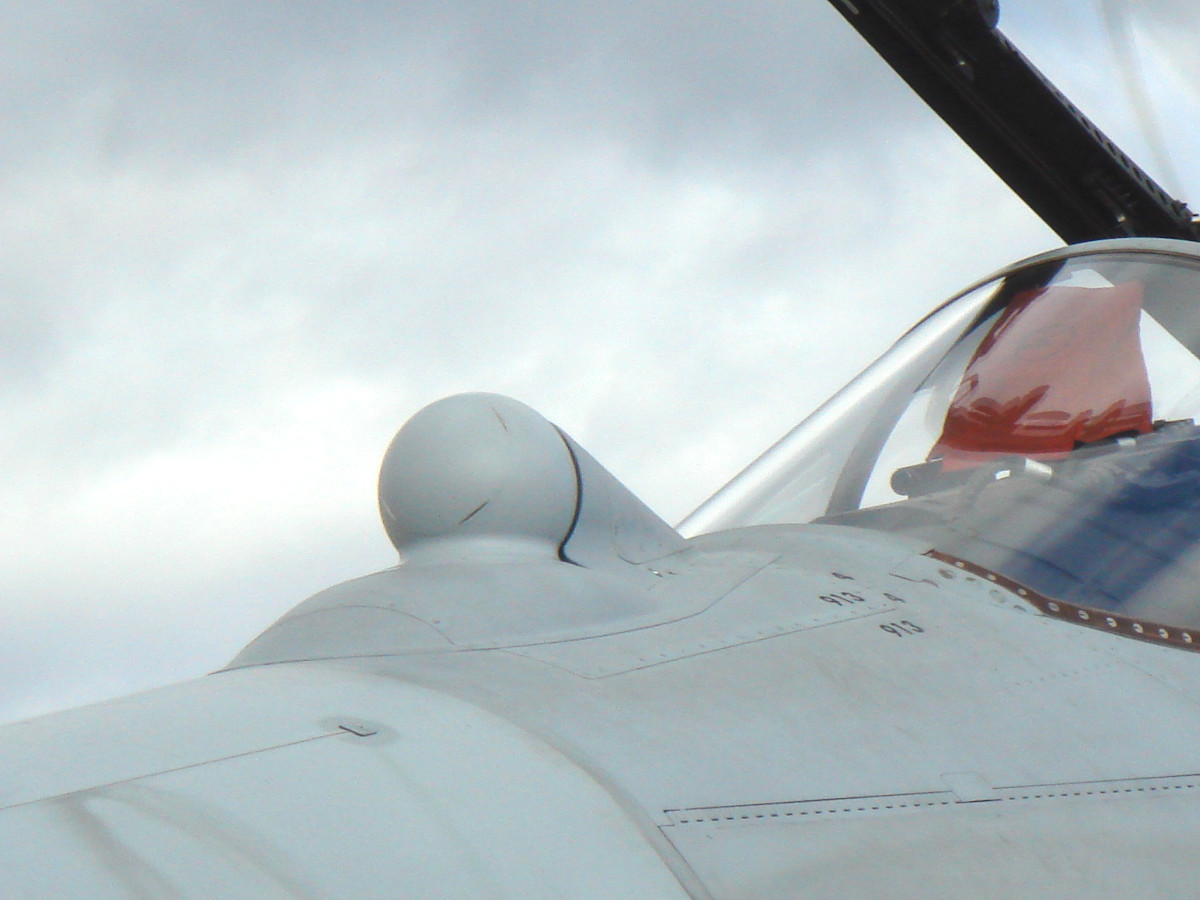
Japan could look to acquire some of these items, especially a podded IRST system that could also work with other combat aircraft in the JADSF’s inventory, as part of separate foreign military sales deals in the future, as well.
It will be interesting to see what the complete Japanese Super Interceptor configuration looks like in the end and how it stacks up against other advanced F-15 variants entering service and Eagle modernization efforts underway around the world. Japan is hoping to take delivery of the first Japanese Super Interceptor by July 2023.
No matter what, the JASDF looks set to be operating much more capable F-15Js for many years to come.
Contact the author: joe@thedrive.com
